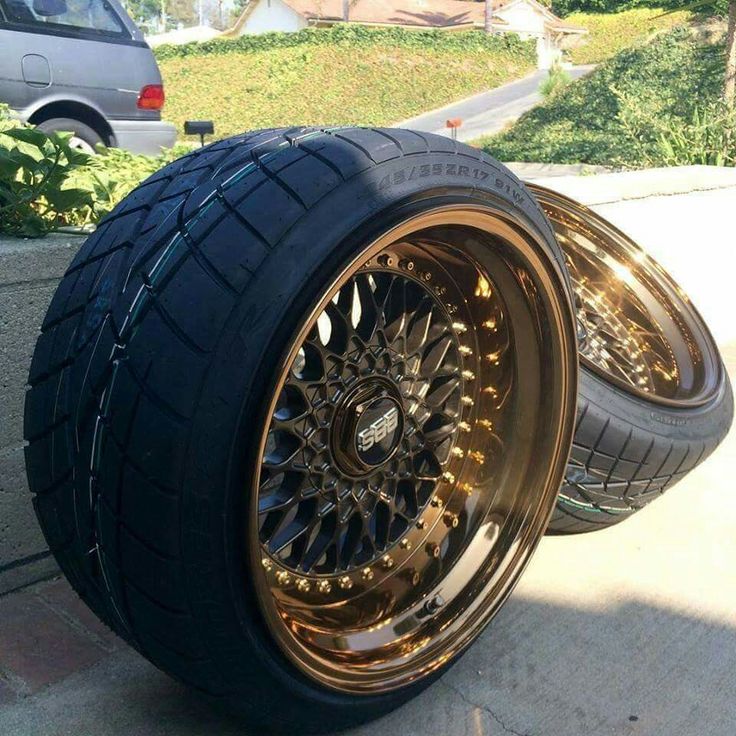As the seasons change, you may need to think about changing your seasonal tires. Whether you're switching to winter tires or to summer tires, it's important to think about how you store your off-season set.
You may have them changed by a professional or do it in your garage at home. But what do you do after they have been taken off? Knowing how to store tires after removing them from your vehicle is essential. In fact, it’s more important than most people realize.
If you don’t handle and store your tires properly, their characteristics can change. This can shorten their life. They can even deteriorate so badly in storage that they need to be replaced.
But if you handle and store them correctly, they will deliver years of service – and you’ll save money.
Using some detergent, water and a tire brush, clean tires before storing them. This will help remove a season’s worth of road grime and brake. Clean your wheels, too, if you store your tires on them. Make sure they’re completely dry before the next step.
This next step requires inaction, rather than action. Tires don’t need any kind of dressing or gloss product applied prior to storage. Tire compounds are formulated to resist ozone cracking and other environmental stressors. Such products can hinder rather than help extend the longevity of your tires.
Find a large, airtight plastic bag to fit each tire. Try yard bags or leaf bags. Ensure the bag (and tire) is free of moisture, then remove as much air as possible from the bag (use your vacuum cleaner!) and tape it shut.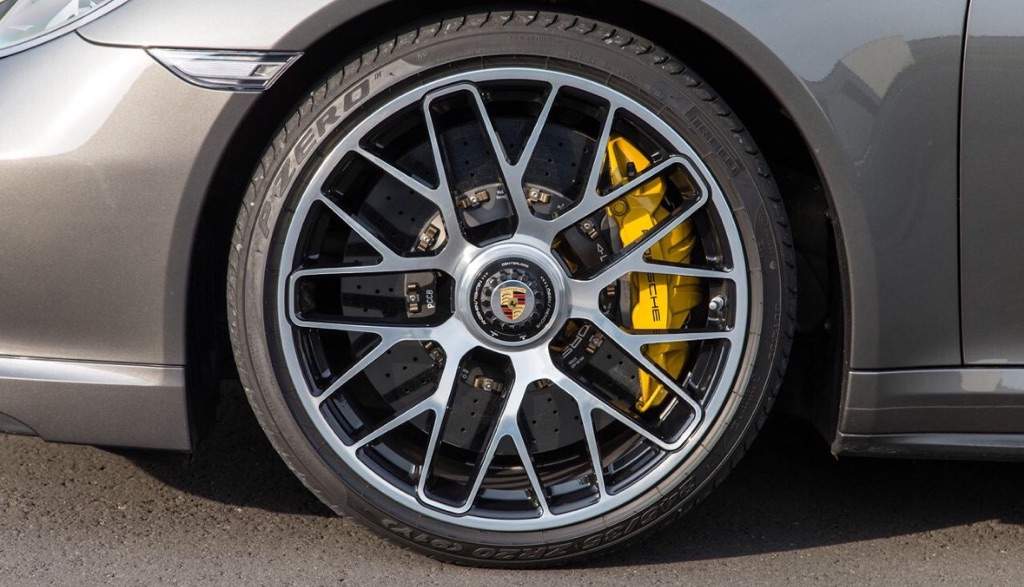 This airtight environment will reduce evaporation of oils from the rubber compounds. Specific tire storage caddies or tire totes are also available. These make transporting and storing tires easier and help keep them grime and dust free. However, they aren’t air tight. If you want to use them, bag tires as above first, then place them in your tire tote.
This airtight environment will reduce evaporation of oils from the rubber compounds. Specific tire storage caddies or tire totes are also available. These make transporting and storing tires easier and help keep them grime and dust free. However, they aren’t air tight. If you want to use them, bag tires as above first, then place them in your tire tote.
UV rays and the sun’s heat can wreak havoc on rubber. Your tire storage location should keep them out of direct sunlight.
In cold weather or in warm, tires should never be stored in the open air, even under a protective covering. Think cool, dry, moderately ventilated – and of course out of the sun. Your basement or another climate-controlled space is ideal. If there is a heat source in the room, the tires must be shielded from it. Most garages, sheds and attics undergo a range of temperatures, precipitation and humidity. You want to avoid these fluctuations.
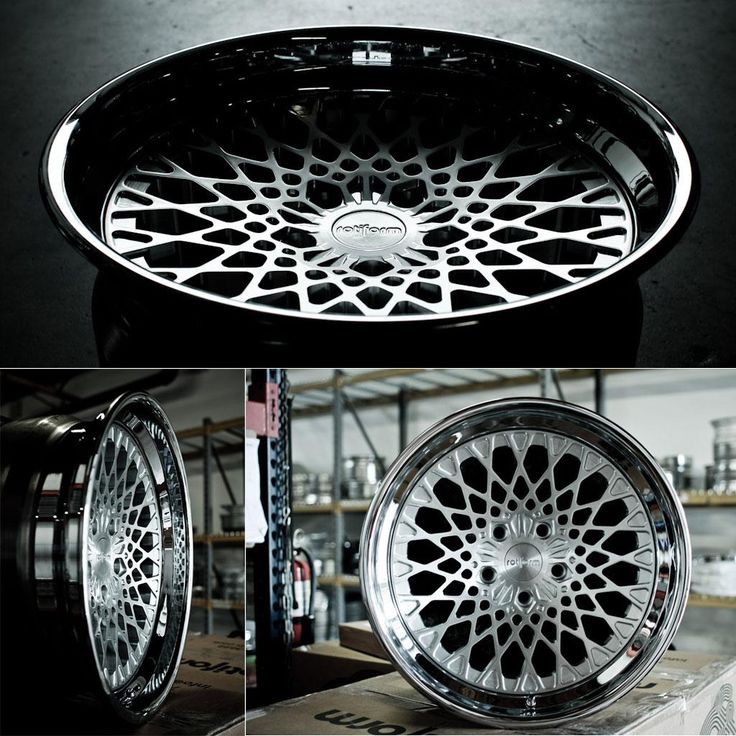 Avoid chemical exposure
Avoid chemical exposureYour number one chemical to avoid: Ozone. It’s particularly damaging to tires. Electric motors that use contact brushes generate ozone. These can include:
Ensure your storage area contains none of these items. The following should also be avoided:
Got whitewalls – or other white parts (like lettering) on your tires? In case you’ve decided not to bag your tires, store them with white areas touching other white areas, and black touching black. Here’s why: The black rubber on the white side is compounded differently than the black rubber on the other side. A layer of non-staining black rubber is used on the tire's white side to prevent oils migrating from the black to the white areas and causing discoloration. The black sidewall uses standard rubber.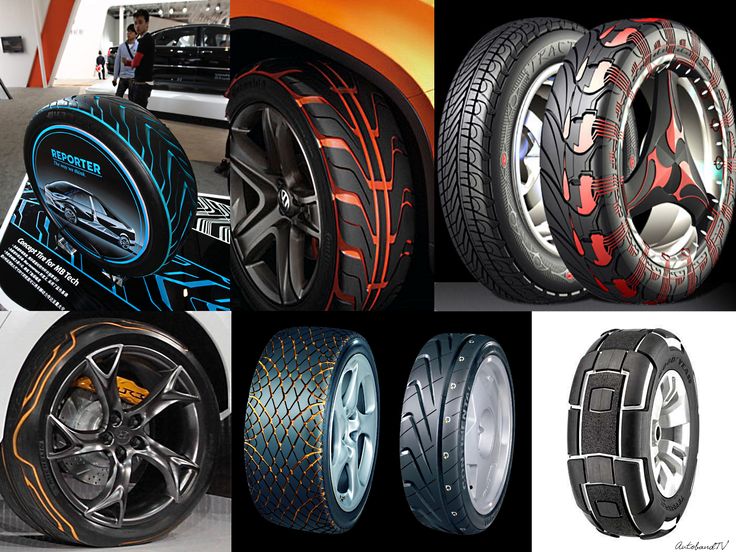 Therefore, store black-to-black and white-to-white to help keep white rubber bright and avoid marks.
Therefore, store black-to-black and white-to-white to help keep white rubber bright and avoid marks.
You have three options for how to store your tires:
The best option is standing, as it puts less stress on the tires. If you must stack, try not to stack too high. You want to avoid it tipping and damaging the tires. Tires mounted on rims? Stacking is actually preferable in this case. Another great option for tires on rims is hanging them from tire racks or hooks. Never hang unmounted tires as this can distort and damage them.
Tires will age. But these tips will help extend their life. If you want to make sure that the storing of your tires is in professional hands we would recommend to let them be stored at your tire dealer. And remember: It’s a great idea to get your tires checked by a tire professional before they are mounted onto your vehicle again for another good season of driving.
Tires are expensive to replace and repair, so effective tire storage is important. This guide will show you how to store tires to keep them from dry rotting or deteriorating.
Storing tires can be a frustrating task due to their size and the extra steps needed to keep them in good shape. However, you might not have a choice if you have a set of winter tires for your car. If you’re clueless of where to start, you’re not alone. Many of our storage customers don’t know how to store tires and come to use for advice.
It’s not uncommon to see tires stored outside without so much as a cover, but it’s likely these tires aren’t used on a road vehicle. If they are, their safety has been compromised in a major way. People also keep tires in garages that are exposed to big shifts in temperature. This solution is also not ideal.
Tires will degrade eventually, but there are things we can do to delay the process. Tires are sensitive to weather, sun, temperature, and time. The best way to store tires is in a dry, cool environment that will slow down the aging process. Keeping a fresh set of tires in the right conditions could add years to their life.
Tires are sensitive to weather, sun, temperature, and time. The best way to store tires is in a dry, cool environment that will slow down the aging process. Keeping a fresh set of tires in the right conditions could add years to their life.
These tire storage tips will show you how to prevent dry rot and keep tires in excellent condition.
It’s important to remove any traces of asphalt, dirt, and brake dust from the tires before storing. However, not all soap and methods of cleaning are created equal. Products specifically marketed for cleaning tires might not be appropriate in this case. Check the label. Avoid cleaning products with petroleum and all tire dressings. These products can be corrosive if your tires will be out of service for a few months or more.
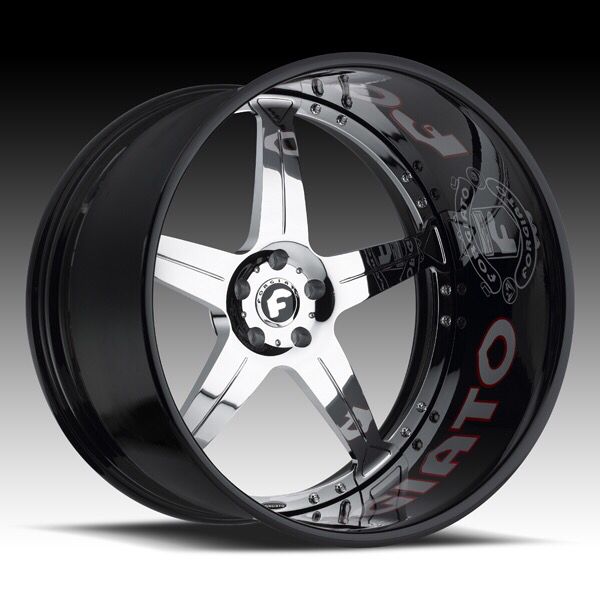
Some argue that UV rays are the biggest factor in tire aging. Direct sunlight can heat the rubber and cause premature deterioration. The UV rays penetrate the rubber, dry it out, and eventually breakdown the rubber compounds. The best way to keep tires from dry rotting is to limit sun exposure whenever possible.
Find a cool and dry environment to keep your tires. You want to locate a place where the temperature and humidity remain consistent throughout the duration. Dips or hikes in either of these can result in premature tire aging. Storing tires in a consistently warm environment is not good for the rubber, but it’s also not good to keep tires in freezing temperatures.
Dips or hikes in either of these can result in premature tire aging. Storing tires in a consistently warm environment is not good for the rubber, but it’s also not good to keep tires in freezing temperatures.
Aside from sunlight, the next leading tire deteriorator is oxygen. Some things in storage require airflow to breathe and stay in good condition. Tires, on the other hand, do better when they are vacuum sealed in plastic. An airtight space prevents oxygen from reaching the tires, slows down the oxidation process, and prevents the oil from evaporating and drying out the tires.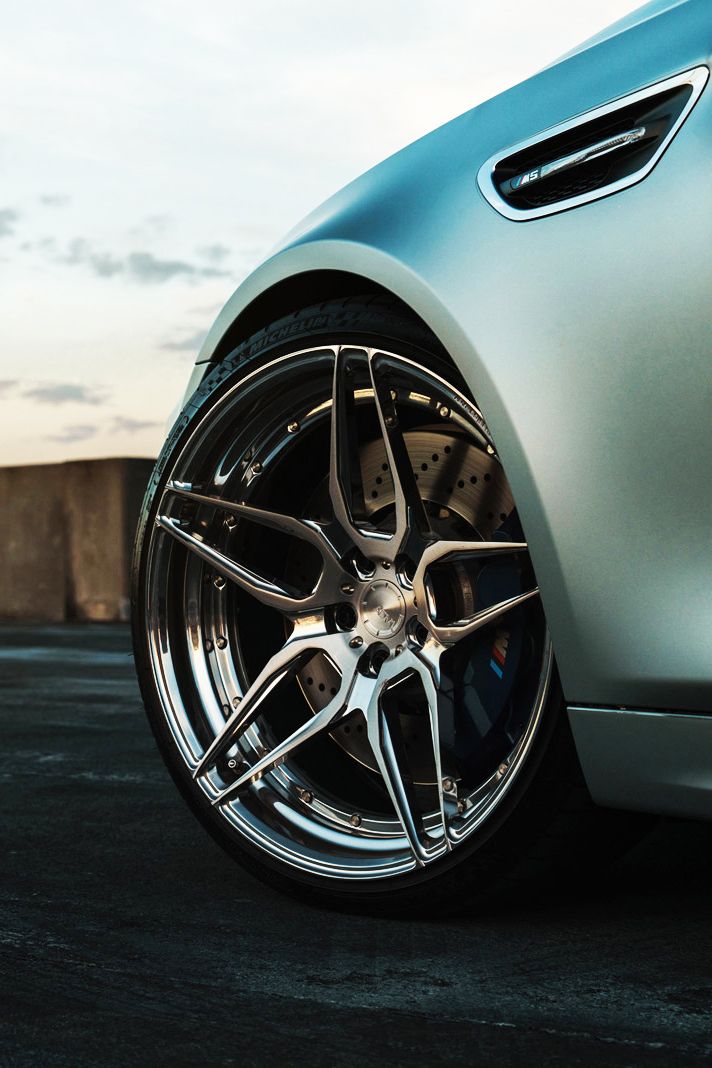 Remember to wrap each tire individually for the best results.
Remember to wrap each tire individually for the best results.
Once you have a storage location, it’s important to store tires correctly. Stacking tires or hanging them can cause deformities if they aren’t moved around every so often. However, sometimes you might be forced to stack tires horizontally due to space constraints. If possible, consider the following suggestions for how to store tires.
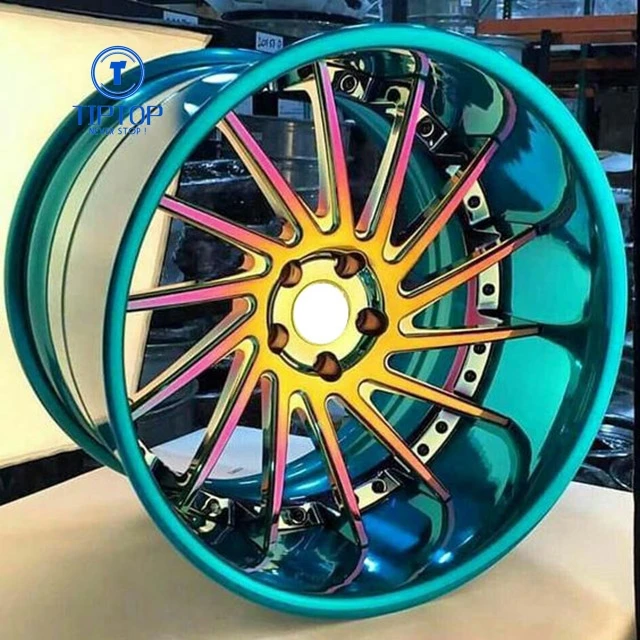
If you are storing a car for more than a couple months, consider removing the tires from the car completely. Leaving the tires on the car can cause flat spotting. If you can’t remove the tires, at the very least be sure to take the car for a ride every few months so that the tires get some use. Tires do best in service because movement keeps oil evenly distributed in the rubber, which helps prevent it from drying out.
Tires can last for several years in storage if they are stored in the right conditions. However, many tire experts recommend replacing tires six years after their production date regardless of the tread. Old tires can be compromised in other ways when the rubber compound breaks down.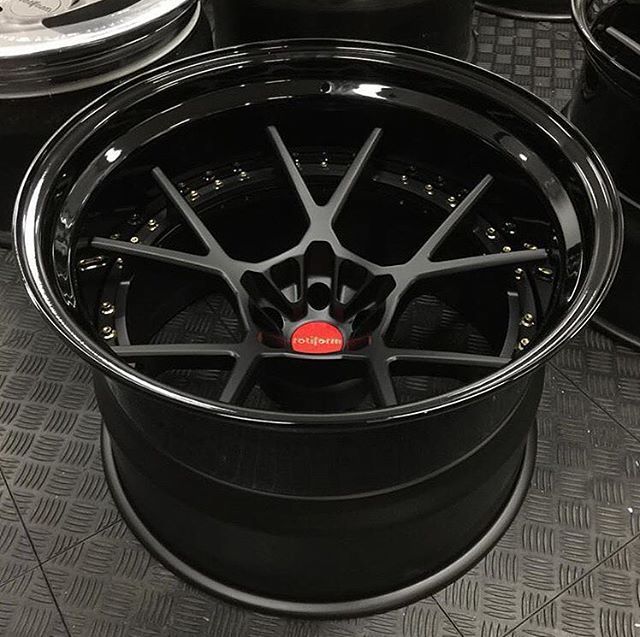
To give you another perspective, it’s like the difference between a brand new rubber band and one that’s been sitting in your desk for years. When you take your tires out of storage, make sure you look for signs of wear and check the date. If you are unfamiliar with what dry rot or crazing looks like, have a tire professional give your tires a once over.
We hope this tire storage guide taught you how to store tires with care. Make sure you keep yourself safe by following all the manufacturer recommendations and have your tires serviced at appropriate intervals.
Lauren Thomann has written about self storage and moving since 2015, making her our storage expert.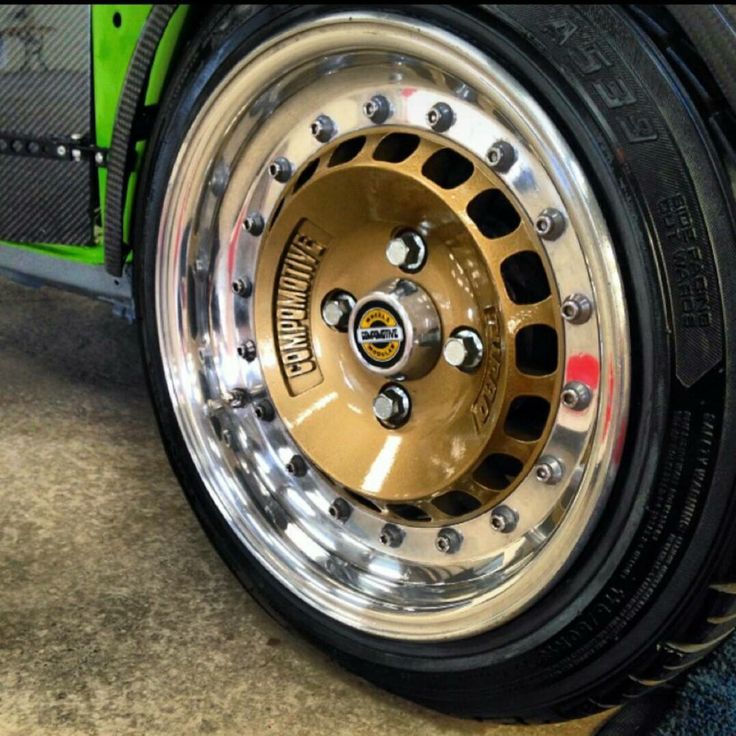 She earned a Bachelor’s degree in English and Linguistics and has published over 150 articles on moving, storage, and home organization. She is also a contributing writer at The Spruce and Martha Stewart.
She earned a Bachelor’s degree in English and Linguistics and has published over 150 articles on moving, storage, and home organization. She is also a contributing writer at The Spruce and Martha Stewart.
Most motorists have two sets of tires - winter and summer. When using one set, you must store another set of tires somewhere.
Ignoring simple rules, many wonder why the second set becomes unusable. Often this is due to improper storage of tires for the car.
So where and how best to store the wheels? Let's analyze the main points of rubber storage during the waiting season.
Photo: version for wheels without rims in a vertical position from the GarageTech team.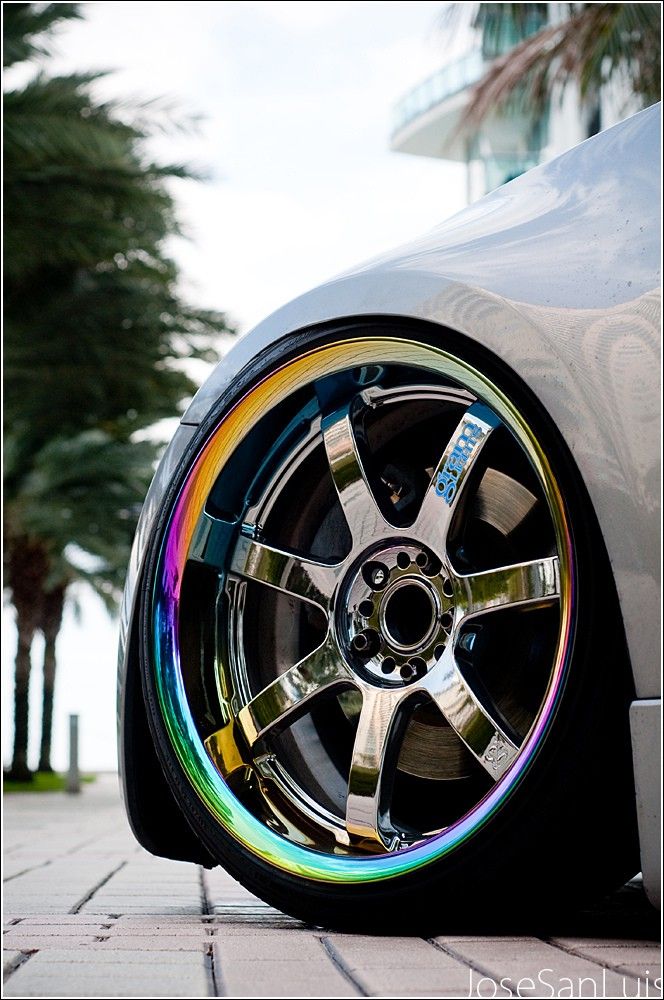
Car tire storage will be fundamentally different depending on the presence or absence of rims on the wheels. Of course, it is better to pack wheels both with and without rims in special covers for tires. In such covers, the tires do not come into contact with any foreign objects, which can preserve the quality of the tires.
It is important to remember that when storing wheels in tire bags, it is worth monitoring the humidity in the room. If the humidity is high, condensation may form in the wheels, causing tire failure.
Tires without discs should only be stored in an upright, standing position. It is absolutely impossible to hang such tires and put them horizontally on top of each other. In such cases, deformation of the tire will occur.
Wheels without rims can be placed in a row on the floor. It is worth noting that with this option, you will have to rotate the tires at least once a month so that they do not deform.
It is more convenient to place the rubber on a special shelf that you can build yourself or entrust to the GarageTech team.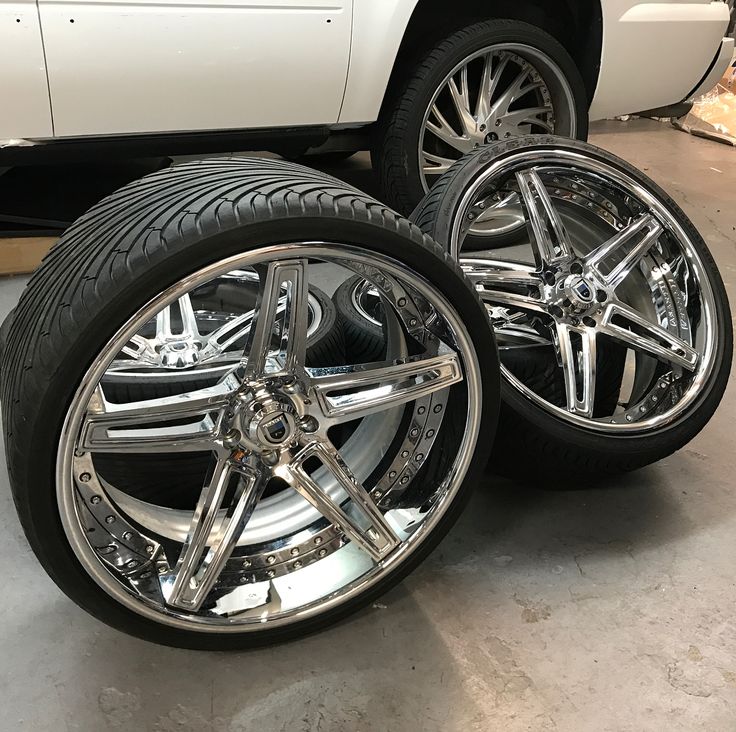 Such shelves are fixed at any convenient level. The wheels will always be in the same position and the question of finding additional space will automatically disappear.
Such shelves are fixed at any convenient level. The wheels will always be in the same position and the question of finding additional space will automatically disappear.
In the photo: fixing wheels on specially equipped hooks from GarazhTek
horizontally on top of each other.
The method of hanging tires is convenient in that you free up the lower tiers of the room and get rid of clutter. But there is a risk of hitting the wheels if they are not fixed against the wall or at a sufficiently high level. It is more convenient to fix the tires on the rims on special hooks that do not allow the tire to sway. Such hooks for tires will be helped by the GarazhTek company.
The horizontal method is convenient in that it allows you to save space on the upper tiers and prevents damage to the wheels from contact with other objects. This method is suitable for rooms with low ceilings, in which it is difficult to install a structure with hooks.
In the photo: the prepared rubber is sent to storage
Before sending the wheels to storage, it is necessary to prepare them. At the initial stage, you should wash and dry the tires well. Further, if desired, you can mark the wheels so that in the future it will be easier to navigate which wheel is rear, which is right or left.
To keep the rubber in good condition, it is treated with a special spray. They contain oxidation inhibitors that prevent cracking and deformation of the wheels. Aerosol is recommended to cover the surface of tires in 2-3 layers.
At the final stage of rubber preparation, each wheel is placed in a special bag that prevents condensation. Ordinary plastic bags will not fit wheels with rims. In this case, the appearance of condensate and, consequently, rust on the discs is inevitable.
In the photo: tire storage system from GarazhTek
As a rule, in winter it becomes necessary to temporarily get rid of summer tires. The procedure for storing summer tires in winter has its own characteristics. Summer tires have certain properties that help them withstand hot weather. Therefore, it is better to store such wheels in a warm room, where the temperature will not exceed +25 degrees, but will not fall below 0 degrees.
The procedure for storing summer tires in winter has its own characteristics. Summer tires have certain properties that help them withstand hot weather. Therefore, it is better to store such wheels in a warm room, where the temperature will not exceed +25 degrees, but will not fall below 0 degrees.
It is unacceptable for rubber to get any substances, chemicals. Summer tires can damage chemical fumes from loosely sealed containers. The use of special bags and aerosol treatment of tires will have a positive effect on the quality of the wheels. These simple rules will help extend the life of the wheels.
The wheel storage rule also applies to winter tires.
In the photo: the finished version of the garage equipped with a storage system from GarazhTek
Having answered the question of how to store tires, it is important to decide where the wheels will be placed. The storage room for tires should help extend the life of the rubber.
In such a room, the temperature must be maintained between 0 degrees and +25 degrees. Also, the room must protect the tires from direct sunlight and must be closed, protecting from the weather.
It is important to ensure that the humidity in the room is maintained at an optimal level and that there is enough free space for storage. The room should provide a specially allocated place for storing wheels, which will protect against mechanical damage to rubber.
Garages, sheds or detached buildings are suitable for wheels. Storing the wheels at home, for example, on the balcony is not entirely suitable, because the sun's rays may hit the tires. It is also difficult to find the right free space to place the wheels.
Do not place tires during storage:
GarazhTek will help you decide on the choice of a room for placing wheels and create all the necessary conditions for storing car tires by equipping a room with a suitable system.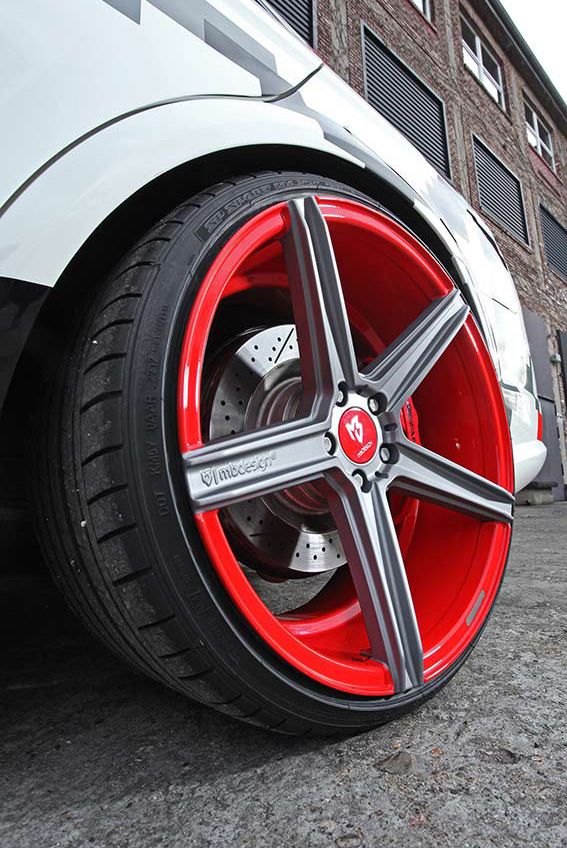
Twice a year, motorists are faced with the issue of replacing tires, and with it the issue of storage. What is the best way to prepare rubber for a well-deserved rest so that it does not lose its properties, and you lose money? Are there any peculiarities in the conditions and place of "preservation" of tires without rims? Read the answers in our article.
How to store tires without rims
Properly selected tires, corresponding to the parameters of the car and the season, provide a reliable and safe ride. So that an unused set of tires does not lose its properties, you need to know where and how to store it correctly and what exactly cannot be done.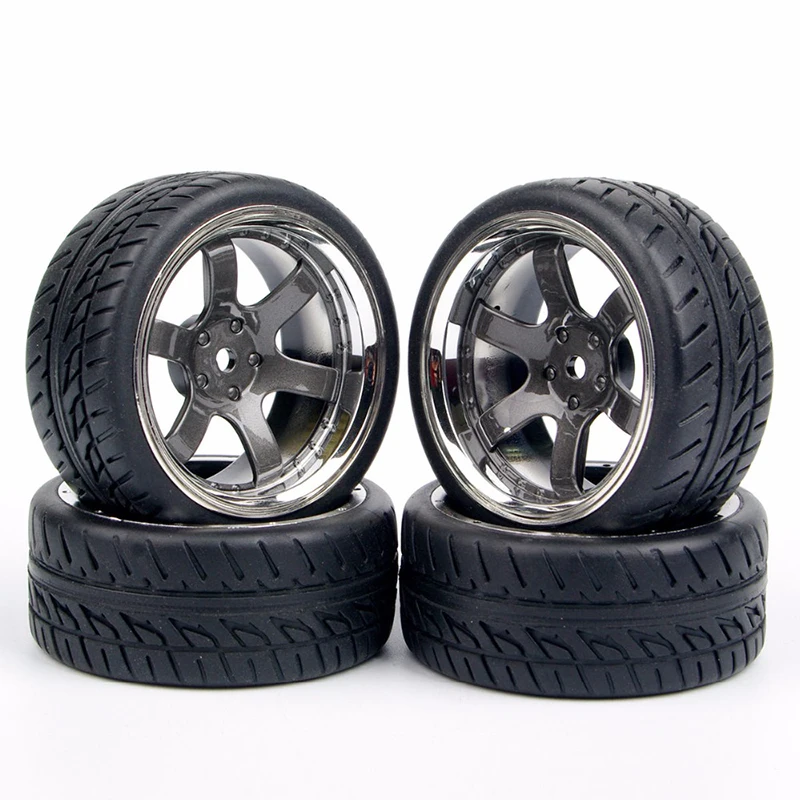
Tire deformation from improper storage
Often, car owners make the same mistakes. Let's break them down:
The first three points lead to deformation of the tires, the fourth - to drying out (and then to cracks), the fifth - to the appearance of rust, the sixth - to the loss of their properties. As a result, the following problems arise with the bus:
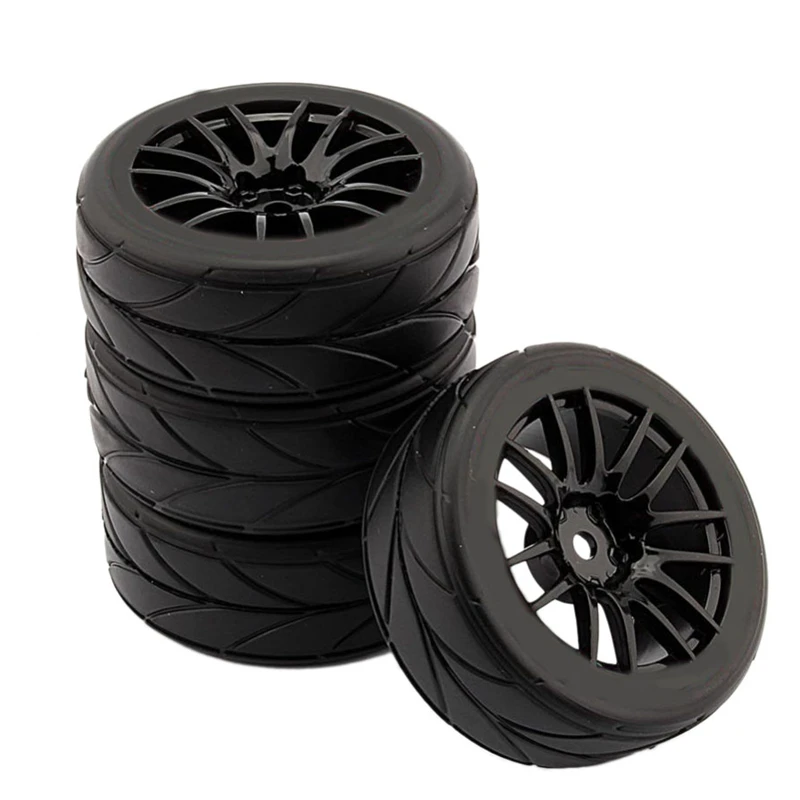
About where you leave tires without disks for storage, you should worry in advance. Car owners can be very resourceful with ideas, so let's look at good places for “preserving” tires and not so much. So, where exactly is it better not to leave tires:
First, about the permissible conditions. It is good if it is a ventilated room where constant humidity (this is about 60%) and temperature (permissible limit +10 - +25 degrees) are maintained. And, as we wrote above, the rubber should be hidden from UV exposure. So, you can consider the following options:
And, as we wrote above, the rubber should be hidden from UV exposure. So, you can consider the following options:
Tire storage in a specialized tire center
The advantages of the first three options are obvious - they do not require financial investments. But there is also a fat minus - you will have to create and regularly monitor the necessary storage conditions yourself. In addition, rubber needs a lot of space, and sometimes you want to take it with other things.
Having given the tires to the tire center, you can not worry about anything: the conditions for the "vacation" will be observed as required by the manufacturer's regulations. You can also clarify about the possibility of transferring the rubber for maintenance to the service center where you service the car. Most often, large technical centers provide this service for free.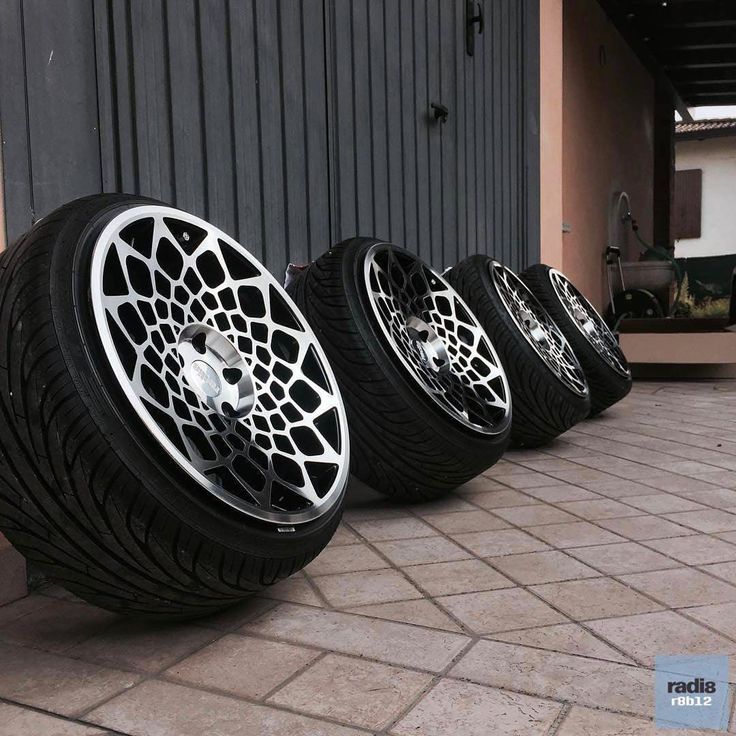
To begin with, it is worth saying that the conditions for keeping a winter kit without disks will differ significantly from the conditions for a summer one. The state of the former will have to be given more time and treated more responsibly. The first thing to worry about is the temperature and the amount of humidity in the room, as well as the position of the tires and protecting them from overheating.
Each type of tire must be stored in conditions close to operational conditions, that is, winter tires should be kept cool, and summer tires should be kept warm.
And many auto experts recommend storing a winter set of tires only on rims and thoroughly cleaning the tread from dirt before the “vacation” (they have it deeper). Such footwear must be protected from ultraviolet radiation and overheating, because driving on ice and snow requires elasticity from the rubber, and when heated, it “dubs”. Such tires are not able to provide good grip on the road. This means they are dangerous to use.
This means they are dangerous to use.
During storage, heat and ultraviolet is contraindicated for rubber
The differences between seasonal rubber from each other are manifested not only in operational data, but also in the composition that is used to manufacture the product. Summer shoes can withstand high temperatures, but despite this, you need to remember that it should be stored in a dry and dark place, at a temperature not lower than zero. And of course, remove diesel fuel and other chemical products to another room. This rule is also true for winter tires.
There are also differences in the "preservation" of tires on disks and without them. Let's consider the last option in more detail. But first, about preparation.
Before sending the shoe to a well-deserved rest, it is necessary to clean it of dirt / reagents / stones and mark which wheel it is from: in two capital letters, the right front - PP, the left front - LP, etc. It would not be superfluous to carefully inspect the tires for serious damage, cuts, so that before the new season you can be sure of the possibility of further operation or prepare for possible financial expenses to replace the kit.
It would not be superfluous to carefully inspect the tires for serious damage, cuts, so that before the new season you can be sure of the possibility of further operation or prepare for possible financial expenses to replace the kit.
Finally, treat the rubber with a preservative (silicone) to protect it from aging. The choice of means should also be taken responsibly. Sometimes it can be confused with a rubber blackening spray. They include a solvent, and, as we already wrote, it is contraindicated for tires.
Tire treatment with silicone
If you decide to leave tires without discs for the “vacation”, then it is better to place them vertically. Then you can avoid losing the shape of tires and spending on buying new ones. If there is a semicircular surface - great, so you can leave it for the entire period of "rest". If not, they will have to be turned regularly (1 per month).
Forget about hooks and loops - tires without rims cannot be hung from them.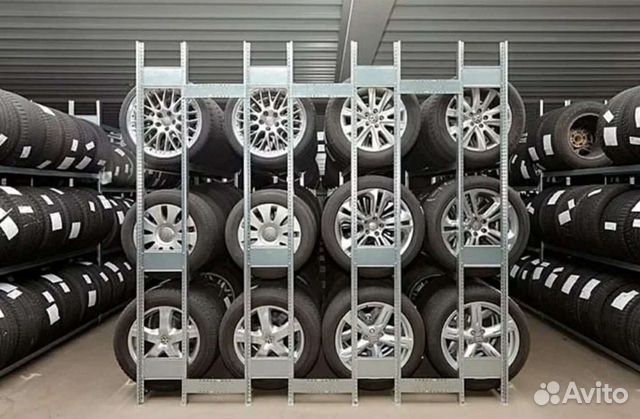 Storage in this way will change the geometry of the tires in six months. Also, do not place them on ropes / corners - tires can be deformed. And the last thing - do not stack the tires in a pile, the lower ones can be deformed and you most likely will not be able to install them on the wheels again.
Storage in this way will change the geometry of the tires in six months. Also, do not place them on ropes / corners - tires can be deformed. And the last thing - do not stack the tires in a pile, the lower ones can be deformed and you most likely will not be able to install them on the wheels again.
How to properly store tires without rims
Many car owners keep rubber in regular trash bags. Whether this should be done in general depends on the conditions in which the tires will be kept. If under optimal conditions (we wrote about this above), then the packages are not needed. If you plan to leave the tires, for example, on an unglazed balcony (under the sun), then bags can help. However, having placed a set of tires in a bag, it should not be “tightly” sealed in order to avoid the formation of moisture, and, consequently, corrosion. True, you can buy special bags made from breathable materials. They are designed specifically for tires, but they are much more expensive than conventional polyethylene.